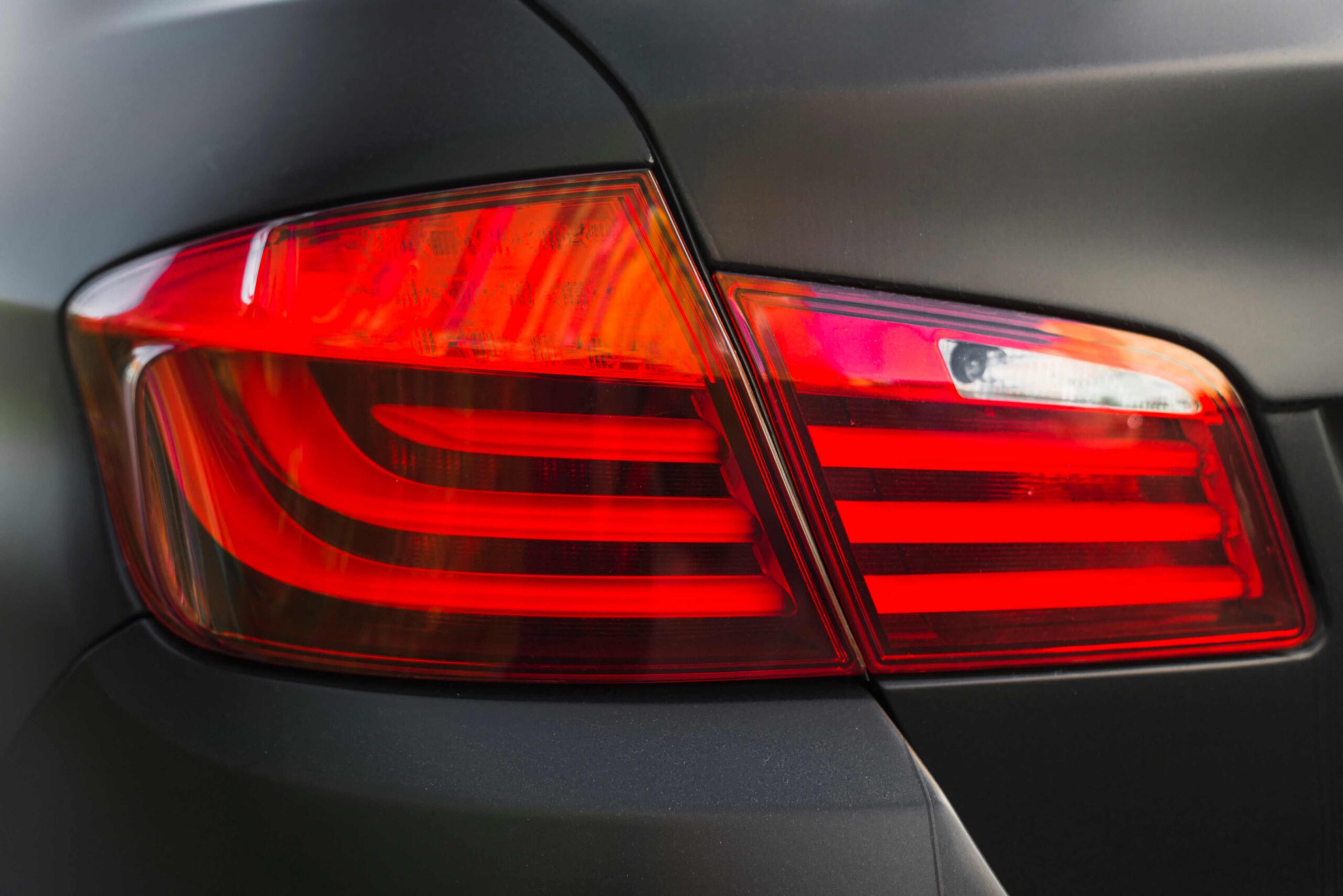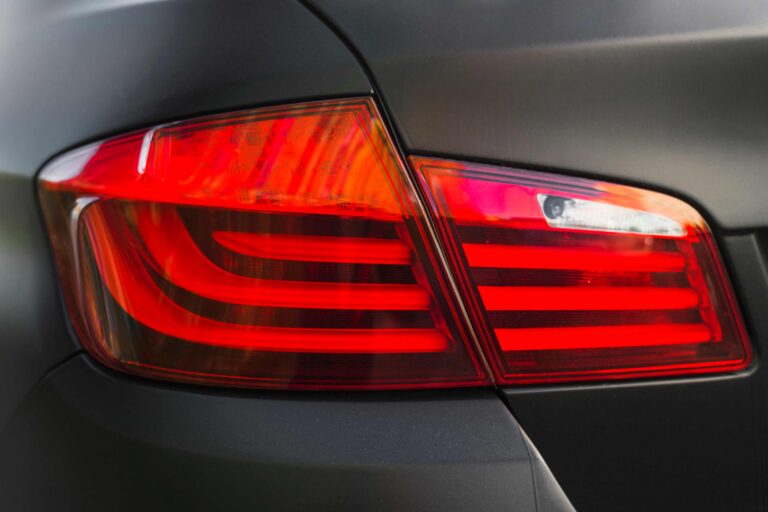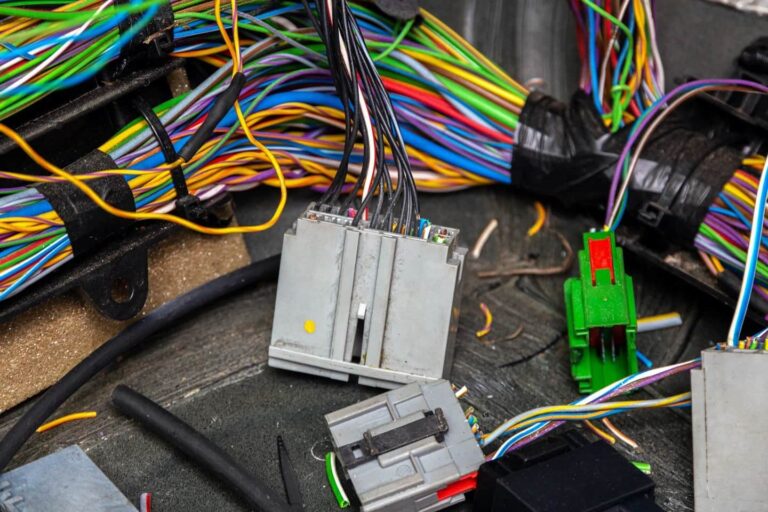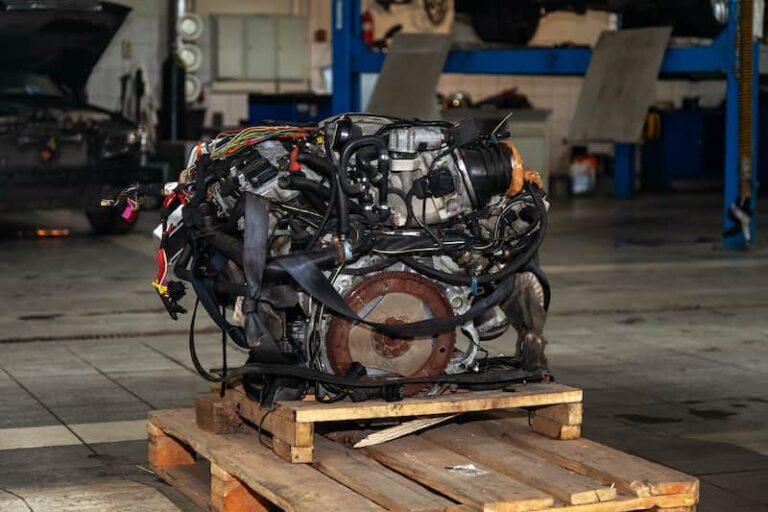Most of the vehicles you see on the road use DOT 5 brake fluid, which contains some silicone. The higher price of this fluid is simply the boiling point. That is 260° C in dry and 180° C in wet.
Modern brake rotors are often thin and compact, which improves heat dissipation. For this kind of technology, silicon-based braking fluid is suitable since it can withstand high temperatures.
The best part about DOT 5 fluid is that it does not absorb moisture and Does not affect any painted surfaces. That makes it an ideal fluid for high-performance vehicles.
Using this fuel, you can protect your vehicle from any mis happening from lousy weather.
Table of Contents
ToggleDoes DOT 5 damage seals?
Dot 5.1 brake fluid and DOT-5 are not the same DOT-5.1 resembles conventional glycol-based braking fluid. According to our research, Dot 5 brake fluid doesn’t damage seals. DOT-5 is commonly used after all rubber components are changing since it cannot use with DOT-3/4/5,1 and Not because it consumes seals.
However, if the seals are worn out from the previous usage with DOT-3 and -4, they will slough off a layer of rubber from the seal’s surface, turning your fresh DOT-5 fluid black.
There is a reputation for DOT-5 to harm the hydraulic brake power switches used in vintage autos. This has no bearing on subsequent models of vehicles with pedal-activated brake light switches.
Why is DOT 5 brake fluid not used more often than any other fluid? Let’s explore the many causes behind this.

- If measures are not followed when filling and bleeding, DOT-5 collects air bubbles more efficiently, which might result in a mushy brake pedal.
- In contrast to fluids based on glycol, DOT-5 can be “squishy.” A spongy pedal once more. Braided brake hoses can somewhat (but not entirely) restore the hardness of the pedal.
- The majority of racing organizations do not permit DOT-5.
- One can misuse DOT-5. People may choose not to change that because it doesn’t absorb moisture regularly. Like other fluids, it does eventually replace.
- The silicone basis of DOT-5. While it won’t harm paint, touch-up or repair work might be challenging if it is spill on paint.
- Glycol fluids are more lubricious than DOT-5. In contrast to glycol fluid, this may cause seals to leak slightly.
Now let’s also look at why we should use DOT 5 brake fluid.
- It doesn’t retain moisture the way fluids with a glycol basis do. This makes it the perfect option for collector cars that aren’t used or whose brake repair components (wheel and master cylinders) are expensive or difficult to find.
- It doesn’t harm paint, though. Perfect if you have completely rebuilt a collectible automobile.
If you look up DOT-5, you’ll discover that forums for collectible automobiles have extensive discussions about it.
Brake fluid dot 5 is often not utilized in everyday drivers or high-performance vehicles, although it is widely employed in collector automobiles that are driven rarely.
If DOT-5 is used, the switch is usually made after all the rubber parts are changed. This covers the seals on the master cylinder, wheel cylinder/caliper, rubber flex hoses, PDWA seals (if installed), and proportioning valves.
Isopropyl alcohol is frequently used for flushing any hard metal lines, and once the alcohol and any moisture have been removed, the system is next flushed with compressed air. Upgrading brake fluid dot five is rarely warranted for daily drivers.
What is the difference between DOT 5 and DOT 4 brake fluid?
The essential component of every hydraulic braking system is brake fluid. When a brake component is replaced, changing the fluid is usually advised but seldom carried out. Checking your owner’s handbook is the most straightforward approach to determining which fluids your automobile needs. After several years of usage, used brake fluid can occasionally include up to 8–10% water impurities. Up until the mid-1990s, the majority of American-built automobiles utilized DOT 3 braking fluid.

Many British or European autos utilized DOT 4, likewise a poly-glycol basis. Most modern automobiles use DOT 5 brake fluid, which is silicone-based. Modern brake rotors are often thinner and narrower, which results in less effective heat dissipation. DOT 5.1 creates a brand-new formulation. This fluid’s boiling point and viscosity are the same as those of DOT 5 silicone.
A DOT 5-fills a system that will rust better and survive longer if this is done. Super DOT 4, which has a boiling point of 509 degrees Fahrenheit and is bright yellow, utilizes pre-2005 VWs and Audis. After 2005, only Mini, Saab, and BMW automobil1es employ the LV formulation.
For more relevant hacks and solutions for your vehicle problems. Visit the Auto Vehicle part. Finding international used car parts can be a complex task, but not with the help of Auto Vehicle Parts.










